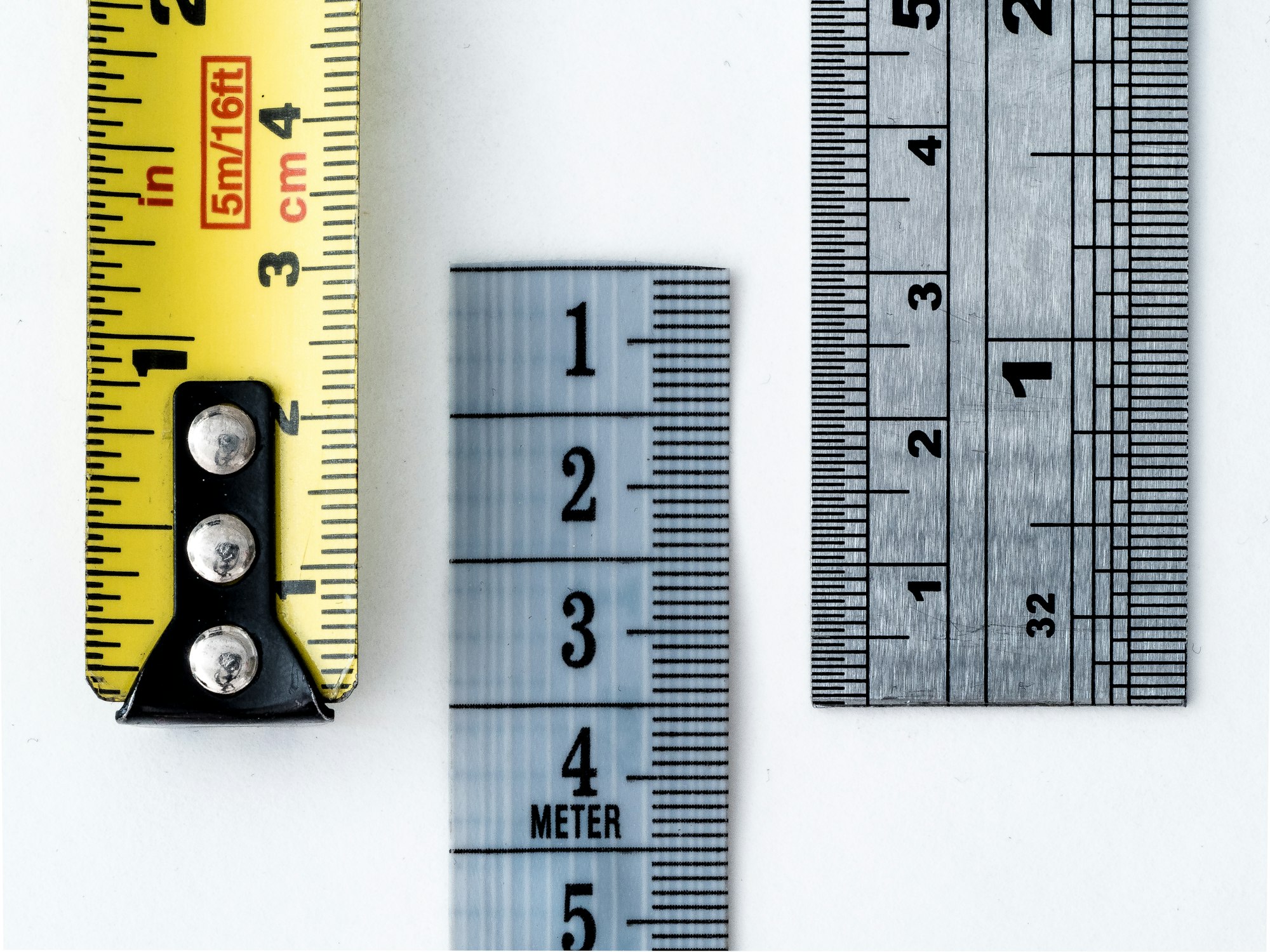Tips for Buying Furniture That Fits

Purchasing furniture that complements your space beautifully is an art. It requires a blend of aesthetics, practicality, and careful planning. Whether you're moving into a new home, revamping an existing room, or simply rearranging furniture, ensuring that your new pieces fit perfectly can be a daunting task. Here are some tips to guide you through the process, ensuring your new furniture not only fits but also enhances your space.
1. Measure Before You Shop
The first step in buying furniture that fits is to know the dimensions of your space. Measure the height and width of each room to understand the true proportions of the space. This will help you visualize which new pieces of furniture will create the desired flow in each room. Remember to measure the height of your ceilings and take note of any sloped areas or light fixtures.
2. Scale Your Furniture to Fit
Once you have your room dimensions, scale your new furniture choices to fit each space. For small rooms, consider compact pieces like apartment sofas and accent chairs. Medium spaces can accommodate a loveseat with a comfy recliner or a cozy chair & ottoman duo1. Large spaces, on the other hand, can house a stylish sectional. Always add an inch to each of the furniture dimensions, just to err on the side of safety.
3. Don't Forget About Clearance
One of the most overlooked aspects of furniture shopping is ensuring that your new pieces can actually get into your home. Measure the width of your doorways, stairways, corners, and even hallways. Also, consider the clearance length between outside and interior walls. This will help you avoid the disappointment of a piece of furniture being stuck outside because it can't fit through the front door.
4. Visualize Your Space
Drawing a quick sketch of your room layout before you start buying pieces can be incredibly helpful. Alternatively, you can use online room planners or 3D tools to visualize your space. These tools allow you to drag and drop furniture into your spaces, giving you a bird’s-eye view of your rooms.
5. Consider Your Lifestyle
Your lifestyle and habits should also play a role in your furniture choices. If you entertain frequently, you might need more seating options. If you have children, you might want to opt for furniture with rounded corners for safety2.
6. Ensure Smooth Delivery
Take note of any potential delivery issues. Stairs, hallways, or elevators can cause problems when moving new furniture into your home. You may need to reserve a moving elevator or loading dock from your building.
7. Maximize Design
Just because a piece of furniture fits in the room doesn't mean it's optimized from a design standpoint. Consider the overall aesthetic of your room and how the new piece will contribute to it.
In conclusion, buying furniture that fits requires careful planning and consideration. By following these tips, you can ensure that your new furniture not only fits perfectly but also enhances the overall aesthetic and functionality of your home.